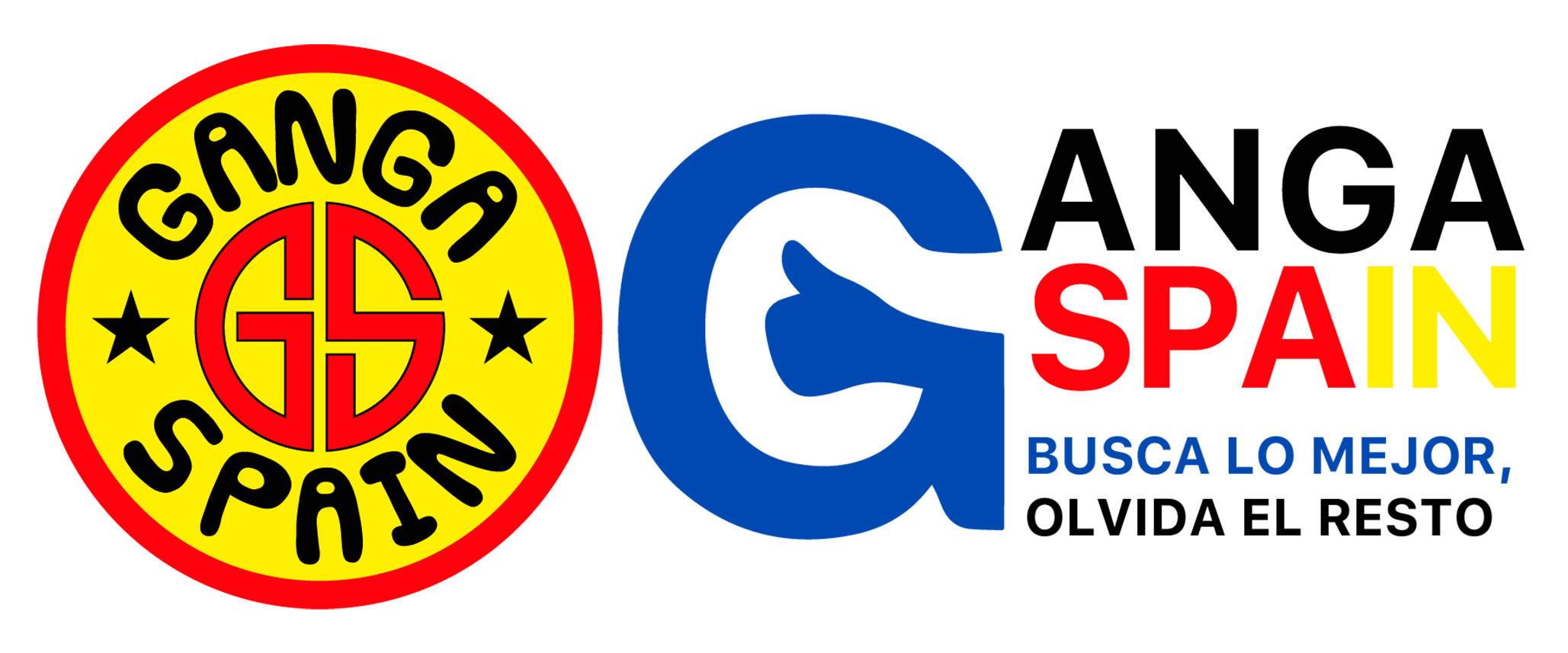
Washington, DC, September 3, 2025 (PAHO)-The Pan American Health Organization (PAHO) has published the first evidence-based guidelines of the world for the treatment of tungiasis, a parasitic disease that affects the mills of people in vulnerable communities in Latin America, the Caribbean and Africa Subsahara.
Tungiasis is a careless tropical disease caused by the flea of female sand of Tunga Penetrans, which enters the skin, most often on the feet, which gives a serious inflammation, pain and itching. In severe cases, it can lead to chronic complications such as fissures, ulcers, cognitive impairment and deformities that restrict mobility, undermining people’s ability to work, study and carry out daily activities.
Children and older adults are particularly affected, who face not only physical pain but also disability and social stigma. The disease thrives in extreme poverty environments, where land floors within households facilitate transmission. The presence of domestic animals within households, which serve as deposits, and the lack of access to appropriate footwear further increases the risk of infection.
Evidence -based guidelines for an effective response
Tungiasis is part of the group of negligible tropical diseases (NTD), more than 20 conditions that disproportionately affect populations that live in poverty, with limited access to safe water, basic sanitation and health services.
The challenges to control tungiasis include systematic epidemiological data, since disease often affects remote and rural populations, and their limited prioritization in public health agendas.
The new guidelines, developed by a multidisciplinary group of PAHO experts and the World Health Organization (WHO), provide practical recommendations to improve disease management in affected areas. Key recommendations include:
- Use of low viscosity dimeticone: Recommended in mild and serious cases to kill integrated fleas and reduce the risk of complications. It applies directly to the lesions, offering a safe and simple solution.
- Alternatives in low -income environments: When the dimeticone is not available, the use of coconut oil combined with Neem oil (a natural oil with repellent properties) is recommended as a viable option for limited resources communities.
- DISANIMED PRACTICES: Guidelines advise against manual flea extraction by unable personnel, due to the high risk of secondary infections, particularly in severe cases. The use of hydrogen peroxide (a common disinfectant) and potassium permanganate (a chemical antiseptic), since they are ineffective and can cause more damage is also advised.
«These guidelines represent a significant step forward to addressing a disease that disproportionately affects the most vulnerable populations. However, their implementation requires the commitment of the authorities, health professionals and communities to ensure that even the most neglected diseases receive care,» said Dr. Sylvain Aldightieri, director of the Department of Communicable Diseases of PAHO, control and elimination.
Together with the treatment guidelines, the PAHO has also published new recommendations to strengthen surveillance, prevention and control of tungiasis in the Americas. This tool is designed to support the identification of affected populations and promote collaboration between human, animal and environmental health sectors under the «health» approach, with the aim of implementing more effective and sustainable interventions. The initiative seeks to strengthen the response capacity of local health teams and national authorities, taking into account the epidemiological and social characteristics of each territory.
An integrated approach to prevention and control
Pah has documented experiences from countries in the region, including Brazil and Colombia, in surveillance, prevention, care and control of tungiasis. These experiences demonstrate how an integrated approach can help address the disease. The actions implemented include the discovery of active cases and community -based surveillance, access to safe and effective treatments, the application of the «one health» approach and improvements in domestic environments. Together, these efforts show how the combination of clinical, community and environmental measures can help reduce the impact of tungiasis.
To facilitate access to recommended treatment, the PAHO has included Dimeticone in the list of medications available through its strategic fund, a technical cooperation platform that supports the countries of the Americas in the acquisition of essential medicines and health supplies. This measure will help strengthen tungiasis control actions and improve access to therapeutic options for the most risky populations.






